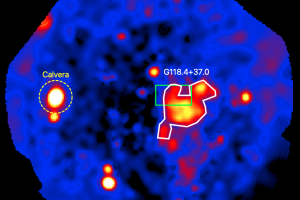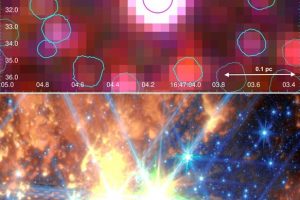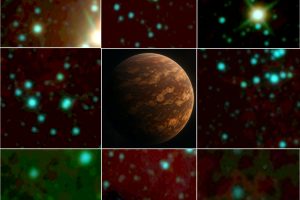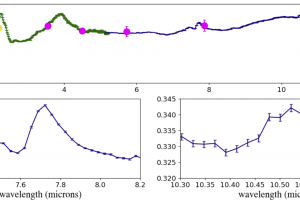[COMUNICATO STAMPA] Calvera è esplosa dove non doveva: una pulsar “in fuga” sfida le regole della Via Lattea

Un’esplosione stellare, una pulsar in fuga e un resto di supernova: è la storia di Calvera, un sistema scoperto a oltre 6500 anni luce sopra il piano galattico, che sta mettendo in discussione ciò che sappiamo sull’evoluzione delle stelle. A raccontarla è un team di ricerca dell’INAF in uno studio pubblicato sulla rivista Astronomy & Astrophysics. Un gruppo di
» Read more








